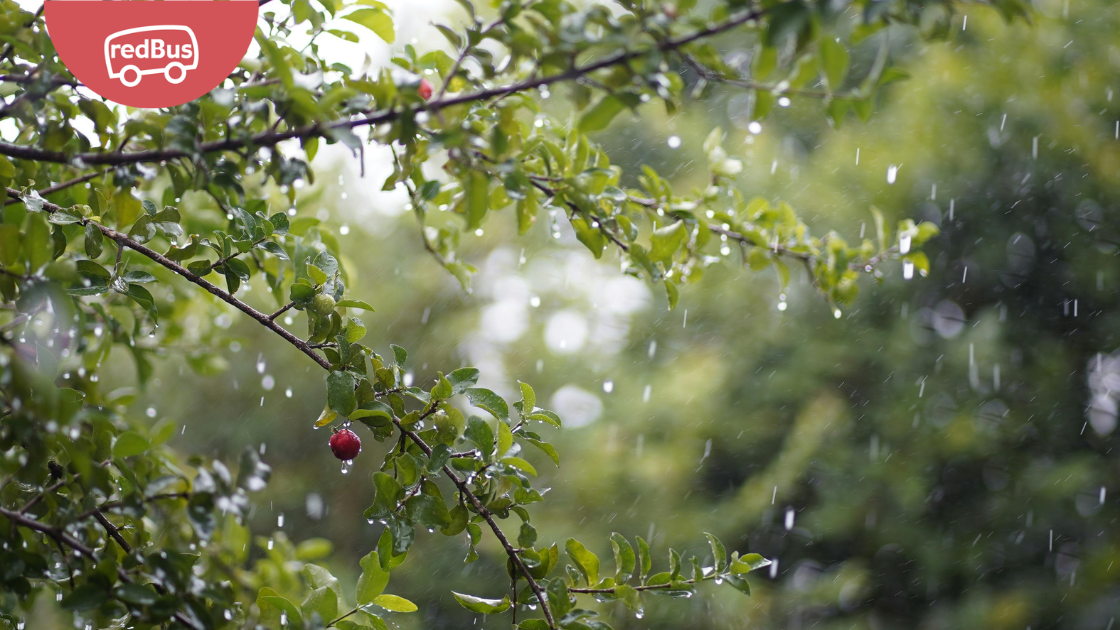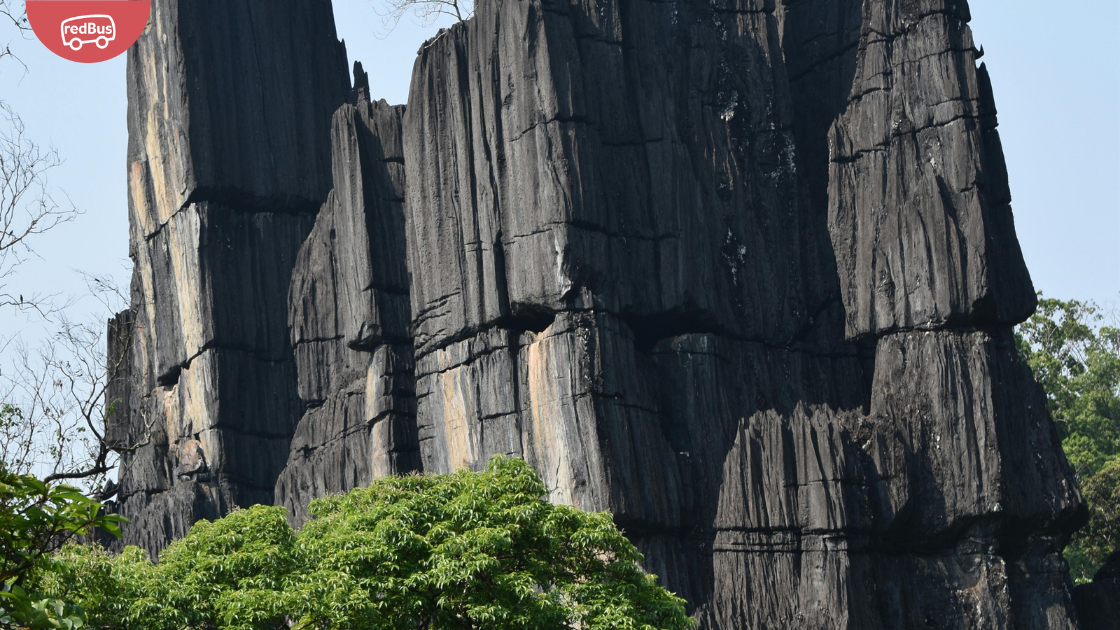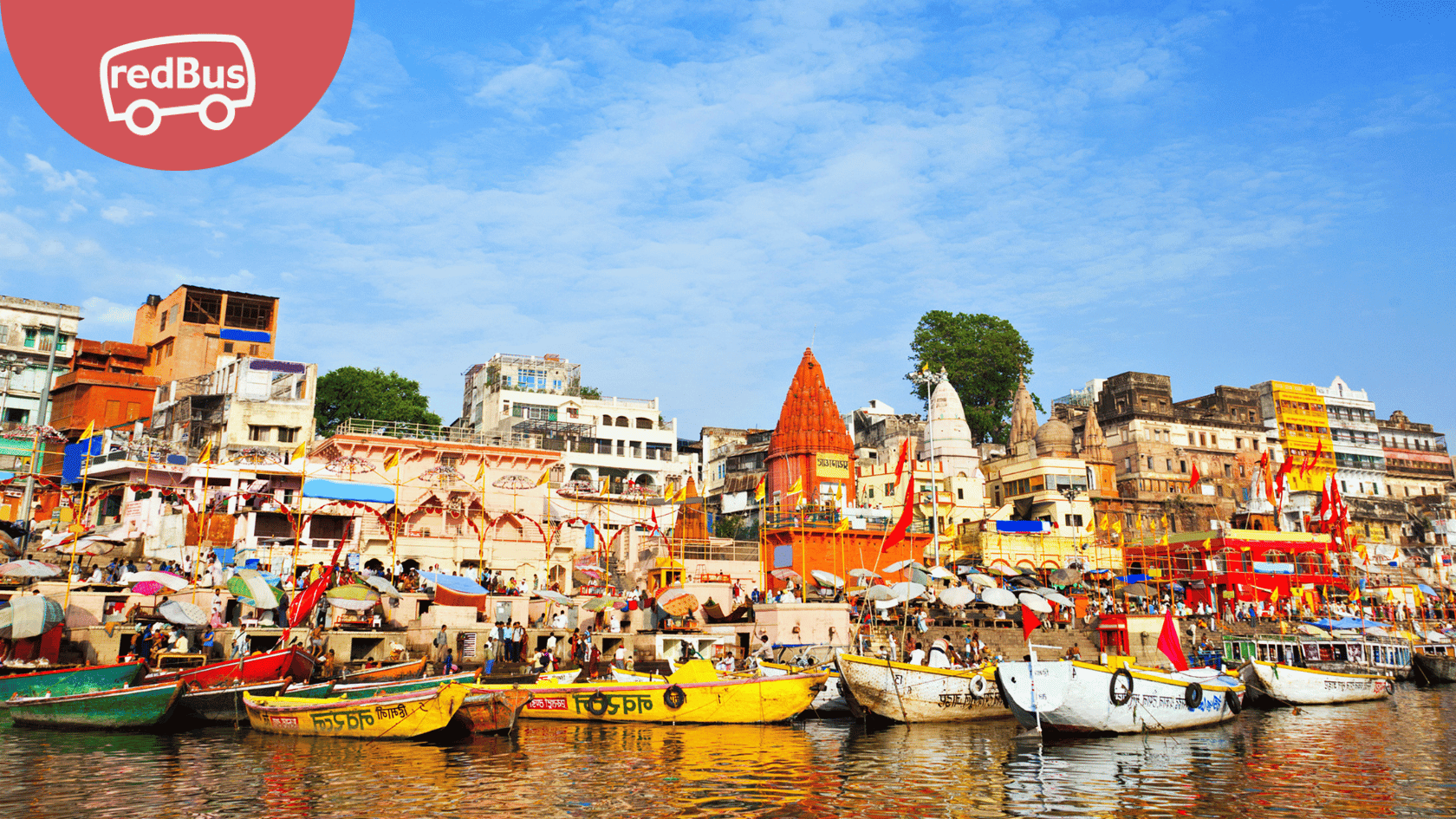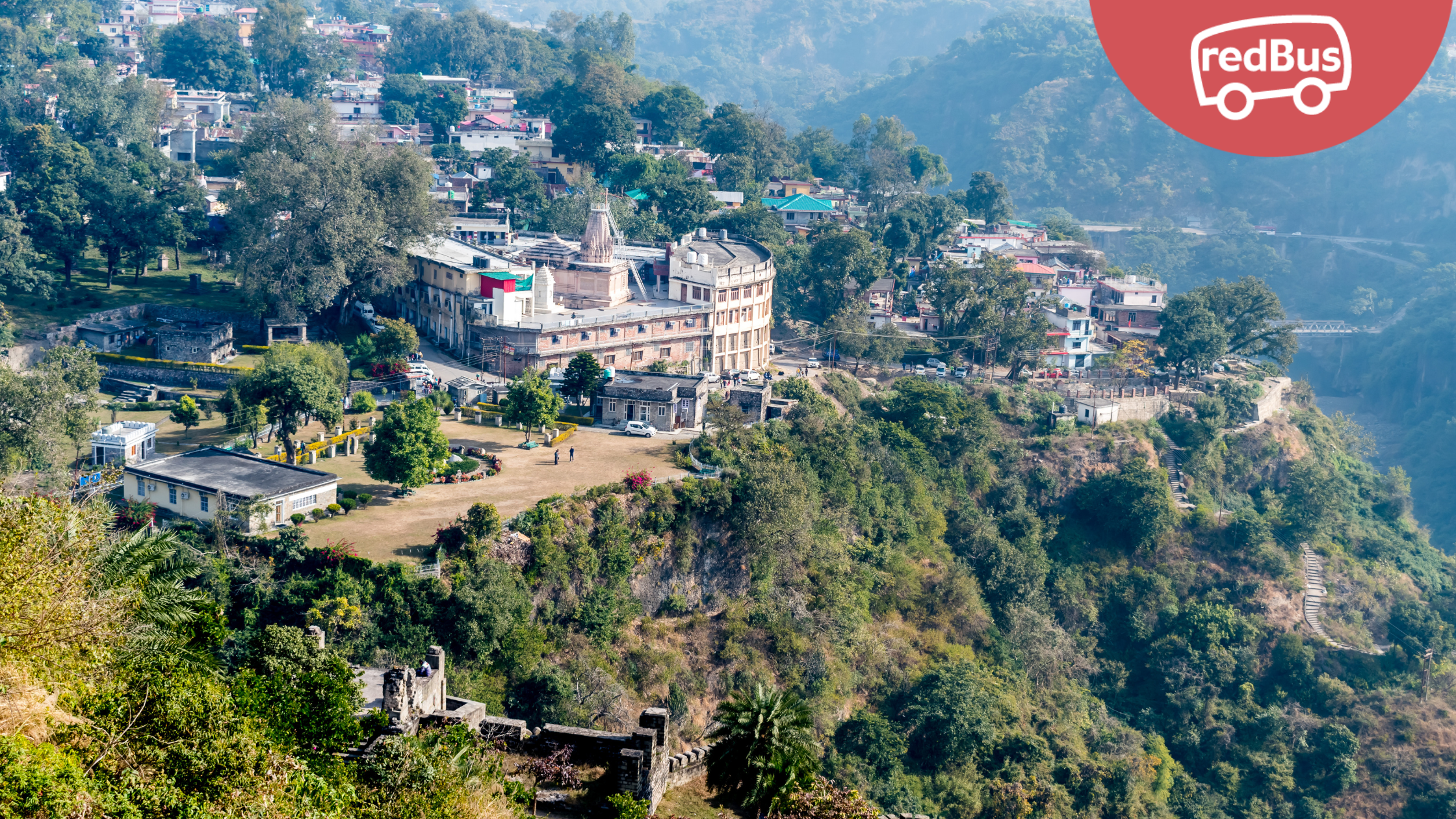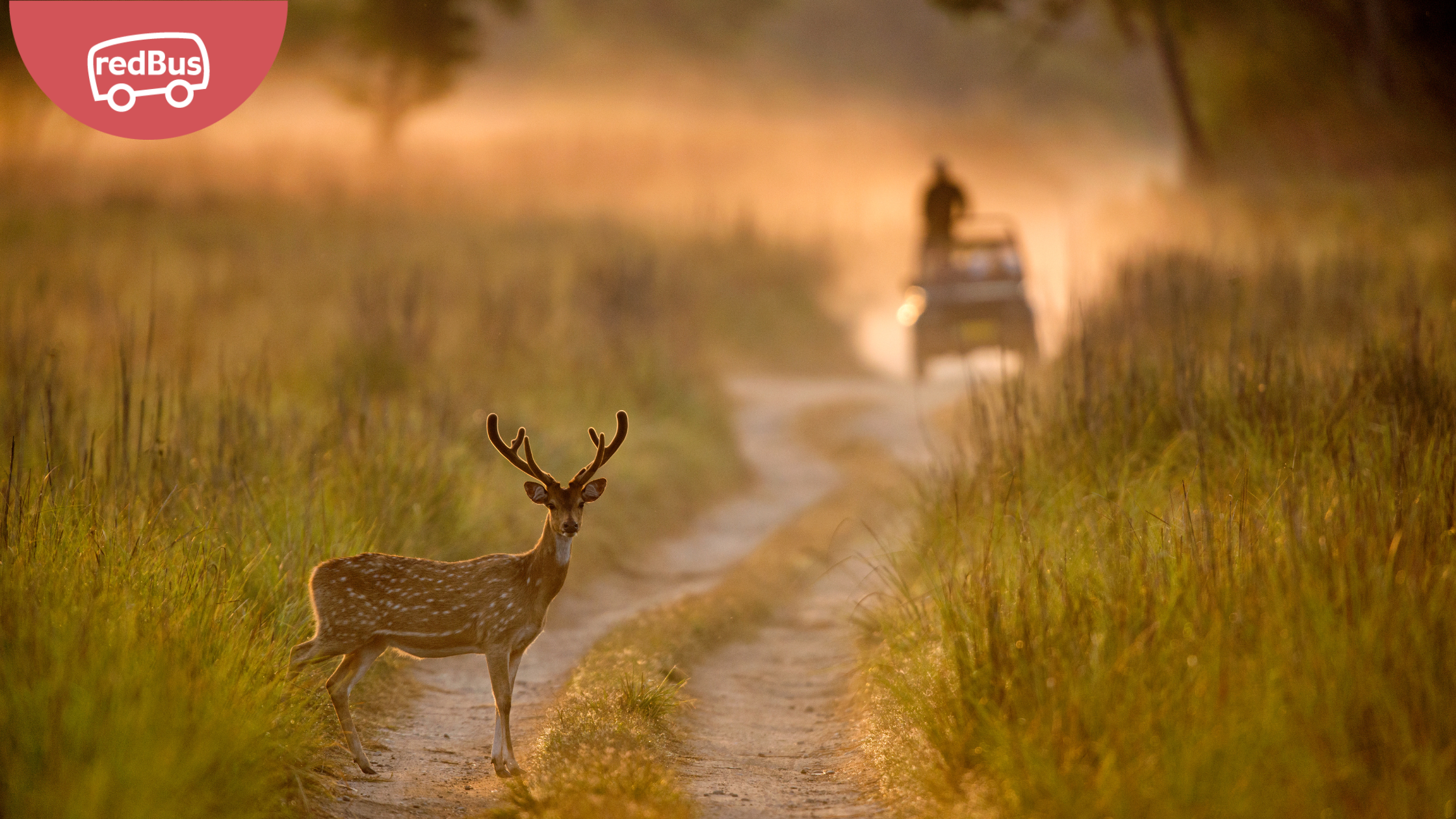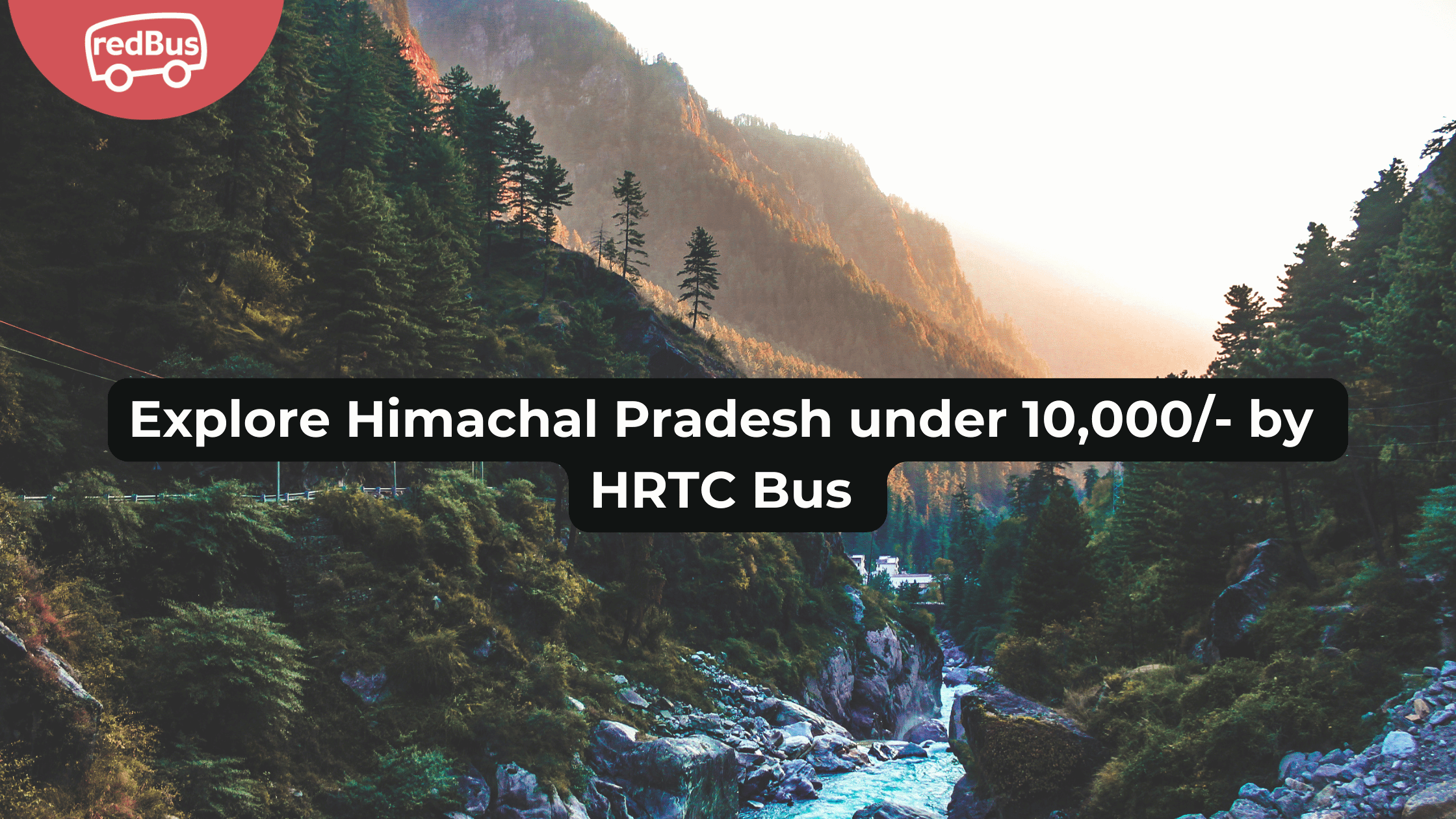India’s holiest river, the Ganges, holds immense spiritual significance and cultural heritage. Along its sacred banks lie numerous ghats, steps leading down to the river, where pilgrims and devotees gather for rituals, prayers, and ceremonies. Each ghat bears its own history, legends, and unique atmosphere, offering visitors a glimpse into the rich tapestry of Indian spirituality and tradition. Join us on a journey as we explore some of the most famous Ganga ghats to visit.
List of Must Visit Famous Ganga Ghats
Below is a list of places to visit Ganga Ghats in India.
1. Dashashwamedh Ghat, Varanasi:
Located in the heart of Varanasi, Dashashwamedh Ghat is one of the oldest and most revered ghats along the Ganges. Every evening, the ghat comes alive with the mesmerizing Ganga Aarti ceremony, where priests offer prayers to the river amidst chanting, music, and incense.
2. Assi Ghat, Varanasi:
Situated at the confluence of the Ganges and Assi rivers, Assi Ghat is a popular destination for pilgrims and travelers seeking tranquility and spiritual rejuvenation. Visitors can participate in yoga and meditation sessions, explore nearby temples, or simply soak in the serene ambiance of this sacred space.
3. Har Ki Pauri, Haridwar:
As one of the most revered ghats in Haridwar, Har Ki Pauri holds immense significance for Hindus, who believe that taking a dip in the waters here cleanses one of sins and ensures salvation. Witnessing the evening Ganga Aarti at Har Ki Pauri is a truly enchanting experience, as thousands of oil lamps illuminate the riverbanks, creating a mesmerizing spectacle.
4. Manikarnika Ghat, Varanasi:
Manikarnika Ghat holds a special place in Hindu mythology as one of the oldest and most sacred cremation grounds in Varanasi. Despite its somber atmosphere, Manikarnika Ghat offers visitors a profound insight into the cycle of life and death and the eternal flow of the Ganges.
5. Raj Ghat, Varanasi:
Raj Ghat, also known as King’s Ghat, is a picturesque ghat located near the Manikarnika Ghat in Varanasi. Raj Ghat is less crowded than other ghats, offering visitors a serene and peaceful environment to meditate, reflect, and immerse themselves in the spiritual energy of the Ganges.
6. Panchganga Ghat, Varanasi:
Panchganga Ghat is named after the five sacred rivers – Ganga, Yamuna, Saraswati, Kirana, and Dhupapapa – that are believed to converge at this spot. According to Hindu mythology, a dip in the waters of Panchganga Ghat is considered highly auspicious and purifying. The ghat is adorned with ancient temples, shrines, and ashrams, making it a spiritual hub for devotees and seekers.
7. Triveni Ghat, Rishikesh:
Triveni Ghat, situated on the banks of the Ganges in Rishikesh, is renowned for its spiritual significance and vibrant atmosphere. It is believed to be the meeting point of the Ganges, Yamuna, and Saraswati rivers. Devotees gather here to perform ritual baths, offer prayers, and attend the evening Ganga Aarti, which is a mesmerizing spectacle of lights, music, and devotion.
8. Ahilyabai Ghat, Varanasi:
Ahilyabai Ghat is named after Queen Ahilyabai Holkar of Indore, who commissioned its construction in the 18th century. It is one of the lesser-known ghats in Varanasi, offering a peaceful and serene environment away from the bustling crowds. Visitors can explore the picturesque surroundings, take a boat ride on the Ganges, or simply sit and contemplate by the riverside.
Conclusion:
The Ganga ghats stand as iconic symbols of India’s spiritual heritage and cultural richness, offering visitors a profound connection to the divine and a glimpse into centuries-old traditions. Whether seeking spiritual solace, cultural enlightenment, or simply wishing to witness the timeless beauty of the sacred Ganges, a visit to these famous Ganga ghats promises an unforgettable experience. To embark on this spiritual journey and explore these holy places, consider booking your bus tickets with UPSRTC for a convenient and comfortable travel experience. For hassle-free booking, visit redBus and secure your seats to witness the enchanting allure of India’s holiest river firsthand.
